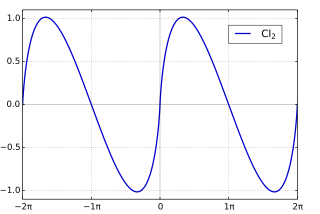Definition
They are an orthogonal set of complex-valued polynomials defined as

where  and orthogonality on the unit disk is given as
and orthogonality on the unit disk is given as

where the star means complex conjugation, and  ,
,  ,
,  are the standard transformations between polar and Cartesian coordinates.
are the standard transformations between polar and Cartesian coordinates.
The radial polynomials  are defined as [1]
are defined as [1]

with integer coefficients

Examples
Examples are:

































































